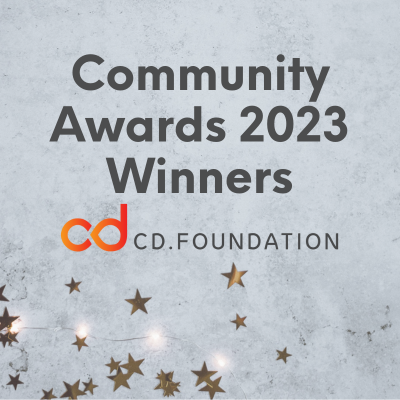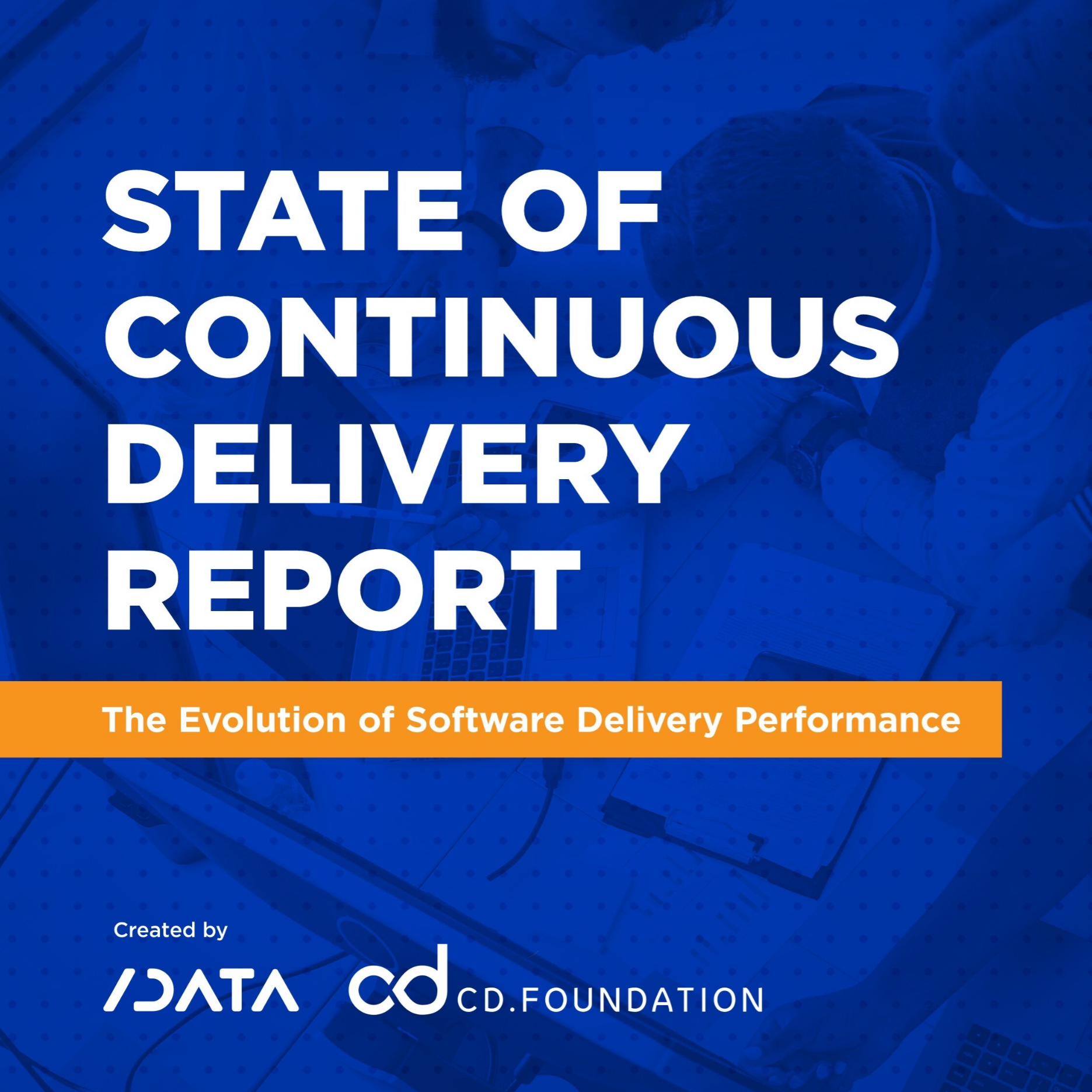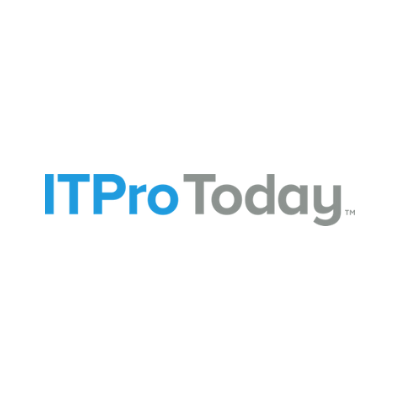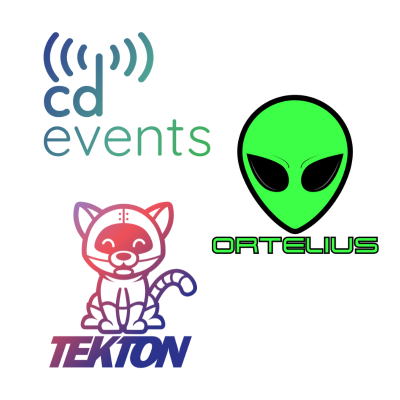





The State of CD Report findings are based on data from the previous six Developer Nation surveys, which reached more than 125,000 respondents worldwide over two and half years. The report is an important resource for organizations to understand how the performance of organizations across different industries is impacted by applying CD practices and using modern technologies while highlighting some of the emerging trends to keep an eye on and pitfalls to avoid.


A global survey of nearly 26,000 DevOps professionals published today by the Continuous Delivery Foundation (CDF) at the cdCon + GitOpsCon event found 84% of respondents are involved in some type of DevOps activity. However, the report also found just under half 49% are using a continuous integration (CI) or continuous delivery (CD) platform and only 22% are using CI and CD approaches to automate all building, testing and deployment of code in a production environment.

According to the latest State of Continuous Delivery report from the Continuous Delivery Foundation (CDF), the adoption of DevOps is continuing to increase, with 84% of developers participating in DevOps activities in the first quarter of the year.
However, the report also found that code velocity has remained steady for the past two years, with about 15% of teams being considered top performers, meaning they have lead times of less than one day.
The CDF believes that while DevOps may be a help, it is likely the increasing complexity of projects that is slowing things down.

The Continuous Delivery Foundation (CDF), the open source software foundation that seeks to improve the world’s capacity to deliver software with security and speed, today announced several updates underlying the open source foundation’s momentum. The announcements come at the start of cdCon + GitOpsCon (May 8 – 9, 2023), an in-person event in Vancouver, Canada, co-organized with The Cloud Native Computing Foundation (CNCF).
